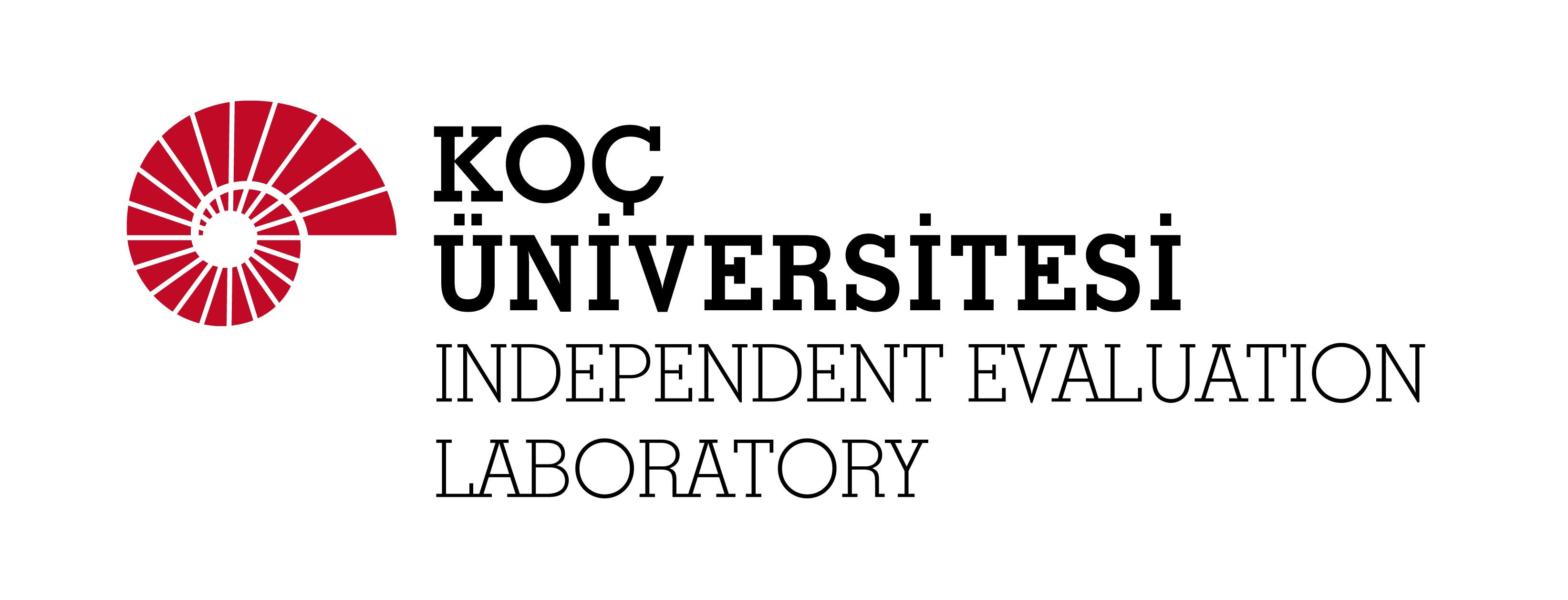Education

The lack of high-quality education imposes high costs at both individual and societal level. Many strategies are being used in developing countries to maximize school enrollment, prevent dropout, and provide an effective learning environment.
Example intervention approaches targeting educational outcomes are:
Example intervention approaches targeting educational outcomes are:
- reducing costs (e.g., conditional cash transfers)
- increasing school preparedness (e.g., early childhood development interventions)
- strengthening the supply side (e.g., building new schools, investing in human capital)
- adopting inclusive education and effective classroom practices
Governments and civil society invest a significant amount of time, effort, and money on improving the educational system. Yet, in many developing countries, the gaps are still large, and the knowledge about the outcomes of the implemented policies and interventions is rather limited. Many of those private and public efforts are not rigorously tested for effectiveness which raises questions about the efficient allocation of resources and whether the best strategies are being used and disseminated.
In our lab, we engage in scientific practices to determine
- which interventions work or do not work,
- for whom they work,
- through which mechanisms they work,
- and which optimization strategies can be used to make them cost- and outcome-effective.
